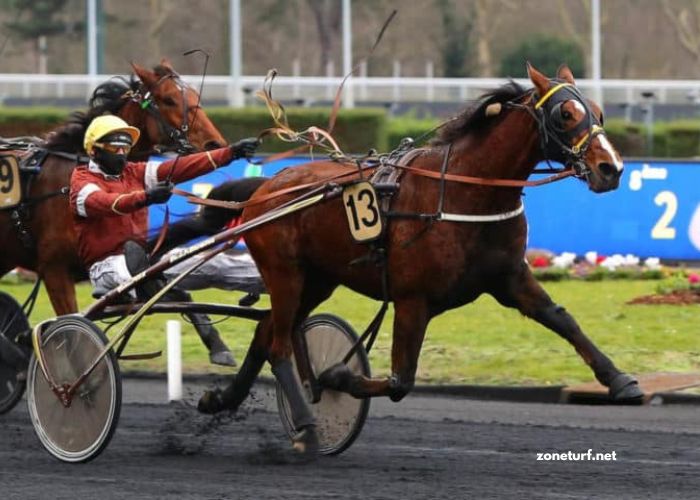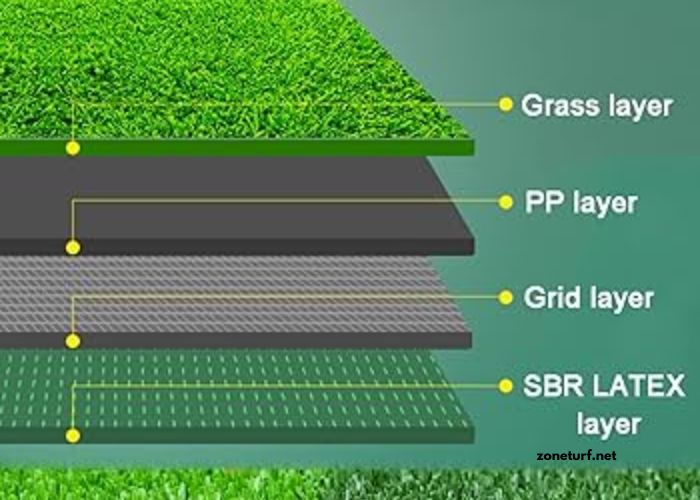In the realm of modern landscaping, the concept of “Zone Turf” has gained significant attention and prominence. The term refers to the strategic division of outdoor spaces into distinct zones, each featuring a specific type of turf or ground cover. This approach aims to optimize the aesthetic appeal, functionality, and sustainability of outdoor environments. In this article, we delve into the intricacies of Zone Turf, exploring its benefits, considerations, and the diverse applications that have made it a cornerstone of contemporary landscaping.
Understanding Zone Turf: A Closer Look
Zone Turf is not a one-size-fits-all solution, but rather a dynamic methodology that tailors the choice of turf to the unique needs of different areas within a landscape. This division is based on various factors, including foot traffic, sun exposure, irrigation requirements, and aesthetic preferences. The goal is to create a harmonious balance between the visual appeal and practical functionality of the outdoor space.
Enhancing Aesthetic Diversity
A key advantage of Zone Turf lies in its ability to introduce diverse textures, colors, and patterns to the landscape. From lush green lawns that invite relaxation to hardy ground covers that withstand heavy foot traffic, each turf zone contributes to the overall visual appeal. This aesthetic diversity adds depth and character to the outdoor space, transforming it into a multi-dimensional masterpiece.
Optimizing Functionality
Not all parts of a landscape serve the same purpose. Some areas are meant for recreation, while others act as pathways or serve as focal points for gatherings. Zone Turf acknowledges these functional differences and tailors the choice of turf accordingly. High-traffic zones, like walkways and play areas, benefit from resilient grass varieties that can withstand constant use without losing their charm.
Water Efficiency and Conservation
Water scarcity is a growing concern, making efficient irrigation practices imperative in landscaping. Zone Turf takes into account the water requirements of various turf types and allocates them to zones accordingly. This approach minimizes water wastage and promotes responsible water usage. Drought-tolerant turf varieties are often selected for zones that receive less irrigation, contributing to overall water conservation efforts.
Reduced Maintenance Burden
Maintenance demands vary among different turf types. By strategically dividing the landscape into zones, property owners can focus maintenance efforts where they’re needed most. For instance, low-maintenance ground covers can be chosen for areas that are challenging to access, while high-maintenance lawns can be reserved for more prominent spaces.
Mitigating Environmental Impact
The choice of turf can have a significant impact on the local ecosystem. Zone Turf allows for the integration of native or adaptive plant species that support local wildlife and biodiversity. By cultivating a diverse range of plants, landscapes become more resilient to pests and diseases, reducing the need for chemical interventions.
Customization for Microclimates
Microclimates within a landscape can vary greatly due to factors such as sunlight exposure and wind patterns. Zone Turf takes these microclimates into account, selecting turf types that thrive in specific conditions. This customization ensures that each zone’s turf is not just visually pleasing, but also attuned to the natural elements, promoting healthier growth.
Conclusion
Zone Turf Commentaire highlights the artful science of dividing landscapes into distinct zones, each featuring a carefully chosen turf type. This approach creates an outdoor space that is visually captivating, functionally efficient, and ecologically sustainable.
By embracing the principles of Zone Turf, property owners and landscapers can transform outdoor environments into thriving havens that reflect the unique balance between human needs and the natural world. Whether enhancing aesthetic diversity, optimizing functionality, or promoting water conservation, Zone Turf stands as a testament to the creative synergy between landscaping and environmental stewardship.


